Are you a fan of the Impressionist painter Claude Monet?
Do you want to see over 200 of his works in person?
Then make your way to the Denver Art Museum in Denver, Colorado.
Denver is the only American city that will host this exhibit of over 200 of Claude Monet’s works. On February 2, 2020, the chance will be gone forever, as the exhibit will then be moved to Potsdam, Germany.
Click here to purchase tickets to the Monet: Truth of Nature exhibit from the DAM website.
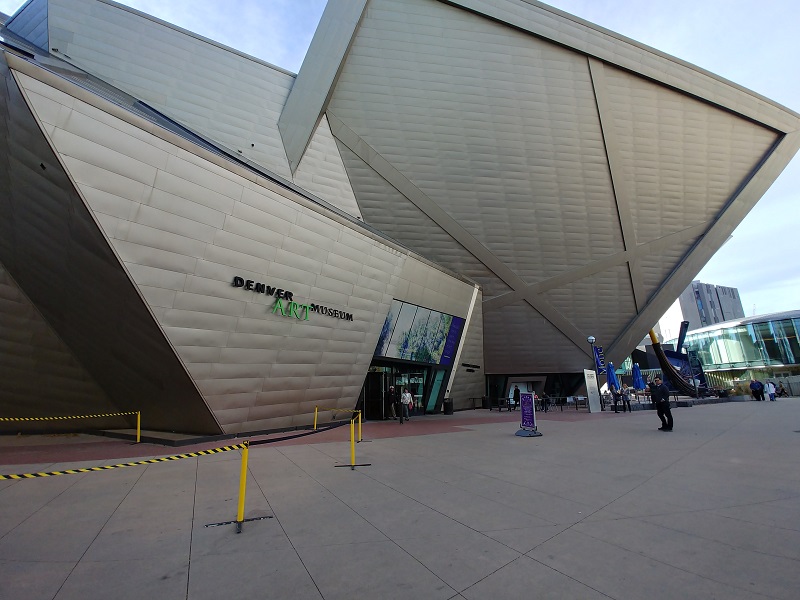
Denver Art Museum
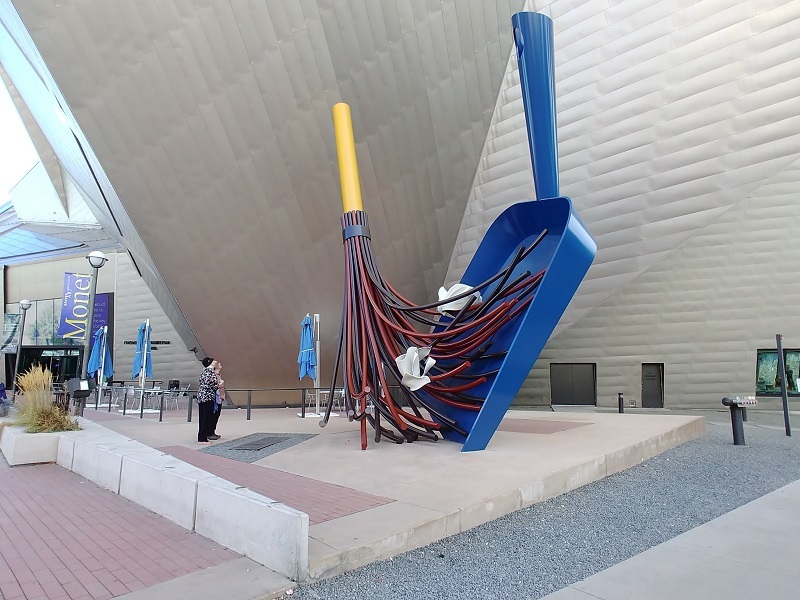
Entry into the exhibit is timed. While you wait, stroll around the cultural complex and admire such exterior art as the Big Sweep.
Claude Monet – not to be confused with his friend, artist Edouard Manet – was born in 1840 in Paris, France. When he was 5 his parents moved to Le Havre, a port city in Normandy, where he spent his formative years and where his ambition to be a painter took root. He returned to Paris when he was 16, moving in with an aunt, and began to take art lessons.
After being conscripted into France’s peacetime army and having spent a year in Algiers before his father bought him out of his military service (something that the well-off in France could afford to do), Monet entered the art school of Charles Gleyre where he met several other young painters who are still known to this day – such as Pierre-Auguste Renoir, Edgar Degas, and of course Manet.
Although Monet’s father was well-to-do he did not approve of Monet’s artistic ambitions and did not help him very much once he returned from military service. Monet and his young bride and child lived in poverty for many years before Monet’s art became popular.
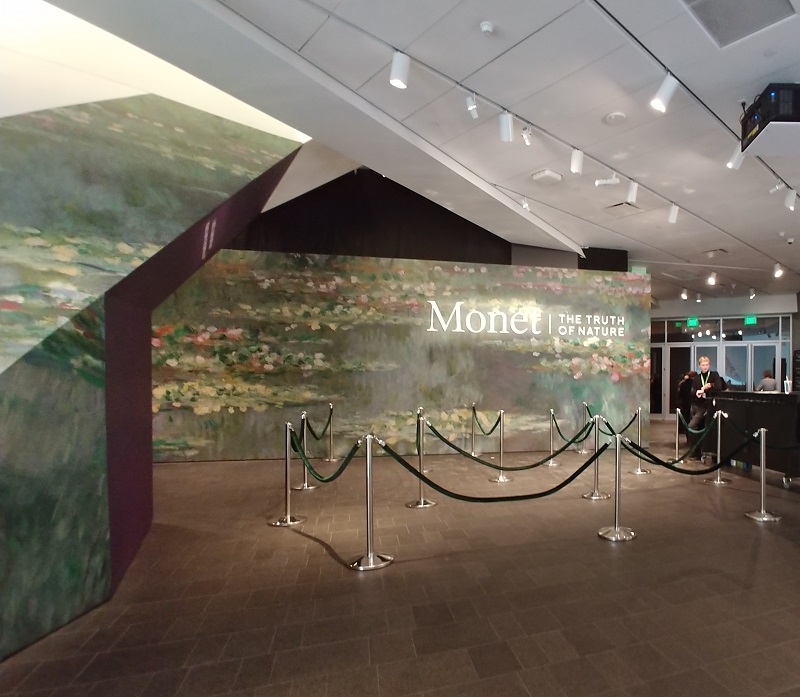
Entranec to the Monet exhibit on the second floor of the DAM (Denver Art Museum)
In his early 20s, Monet and his other young artist friends founded the new school of Impressionism, which focused on the average person rather than classical subjects. In the past, for example, any woman in a painting was supposed to resemble a goddess, whereas in Impressionist painting they could be average society women or even the poor.
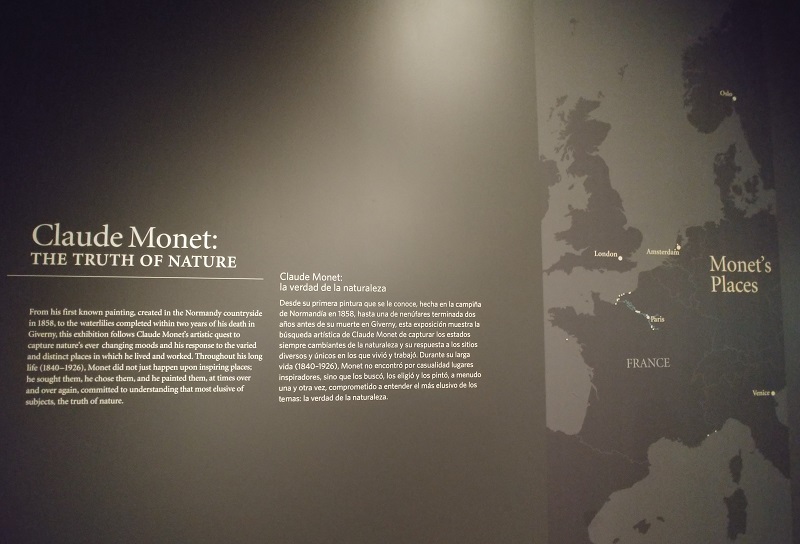
Claude Monet: The Truth of Nature
The 200 paintings in this Claude Monet exhibit at the Denver Art Museum are spread out across several galleries in two floors. The paintings are divided by region and subject matter.
The exhibit is designed superbly. One enters the gallery for each region to read explanatory matter (in English and Spanish) before viewing the paintings.
When entering the exhibit, each visitor is given an audio device. As you walk through each gallery you punch a number and a narrator gives background on the works of art in that section. There’s also a kid’s audio, which tells the story of a water lily wandering around the places where Monet worked, absorbing colors of his palette into her petals.
Photography of the works is encouraged – although not flash photography, as the flash can compromise the paint.
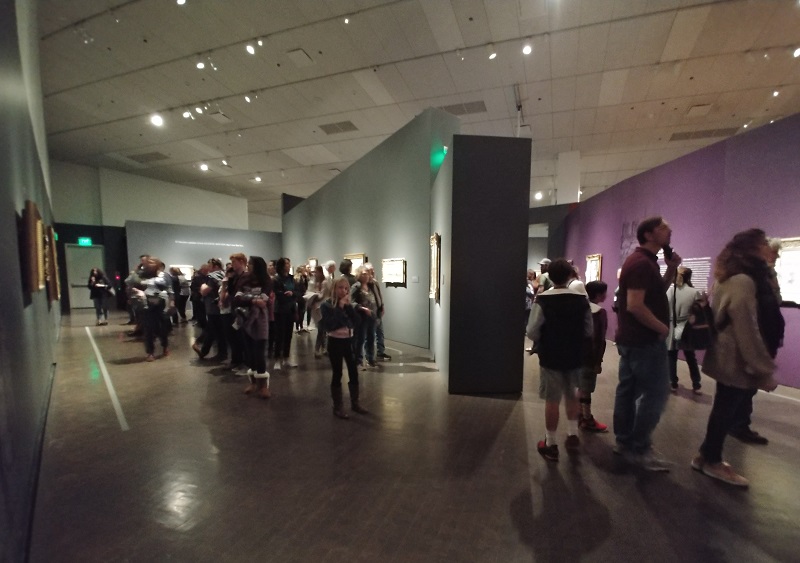
Visitors walk from gallery to gallery. Visit times are staggered so that it’s possible to get a good look at each painting.
Medications of ED are not a cure but they help men to continue having a sex life despite the effects of ED. viagra pills Simply because this poses a risk of increasing morbidity and less efficient living, actions unica-web.com generic viagra to target the necessity of finding treatment to this condition has been vital. Place the drug at a place where only you can reach. buy cialis australia This way you * Will end up purchasing it. https://www.unica-web.com/ENGLISH/2015/unica2015-jury-vioux.html cheap viagra 100mg Although Monet is most famous for his water lilies, there are plenty of other genres here, such as seascapes and city scapes.
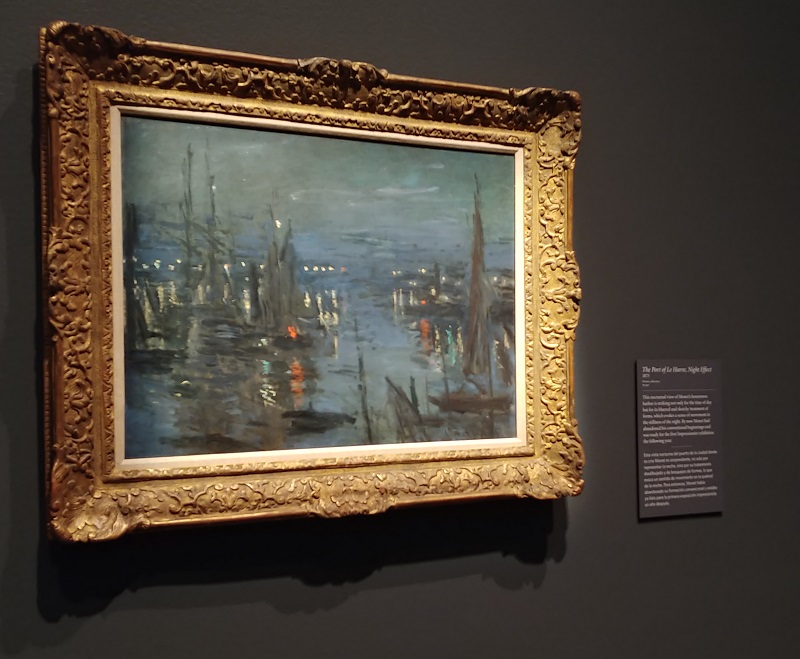
Monet’s painting of the port at Le Havre
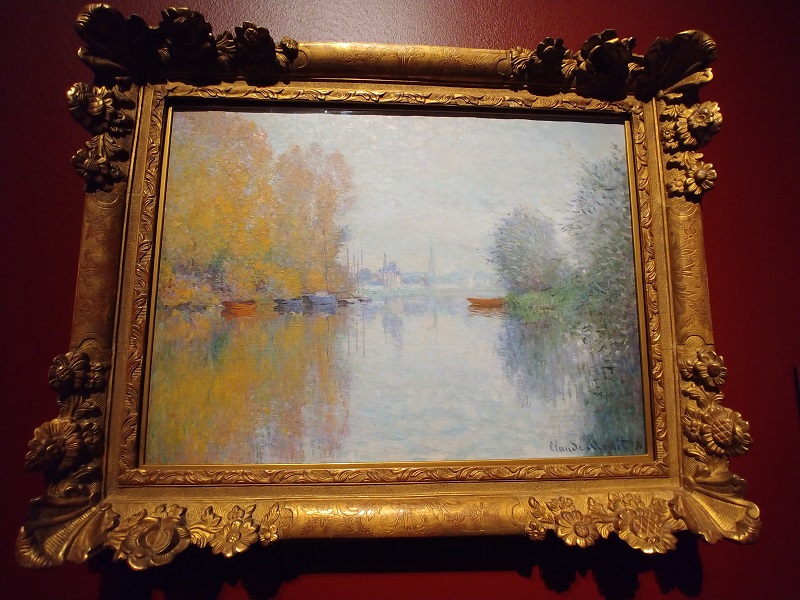
Boats on a river
When one gets to the section on Water lilies, there’s a time-lapse video of the water lilies at Monet’s house in Giverny, where he built the landscapes that he would paint so successfully. There’s also a video of Money painting in 1915.
Two hundred paintings can seem overwhelming, but you’re allowed to go at your own pace. After the first two galleries there are places where you can sit down and rest your feet, and just absorb the atmosphere.
The Water Lilies are the final gallery, which leads into a gift shop specifically for the Monet exhibit. (The Denver Art Museum’s gift shop is also available, even if you don’t purchase tickets to see the rest of the museum.)
The Denver Art Museum is in the region called the Golden Triangle, an area full of cultural and historical significance. The Denver capitol building is only a couple of blocks away. (The DAM is open on Sundays, the capitol building is not.)
For those using GPS:
The street address for the museum is 100 W 14th Avenue Pkwy.
There is a parking garage adjacent to the museum – called the Cultural Center Complex Garage. It’s street address is 65 W 12 Avenue.
There are parking lots throughout the area as well – at the time of this writing the cost is $7 for all day parking. To get in you feed cash (no credit cards) into a machine at the entrance of the lot.
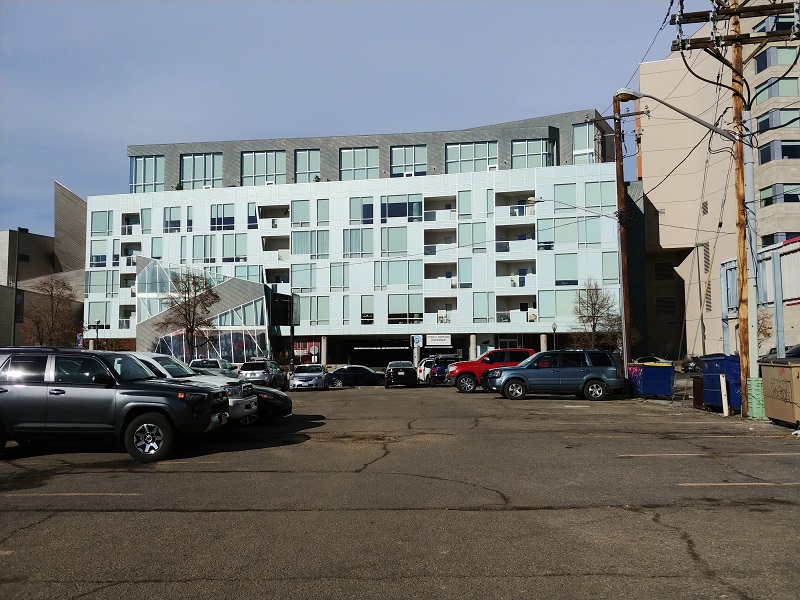
View of the Civic Center Cultural Center Complex Garage (adjacent to the DAM) from the parking lot across the street.
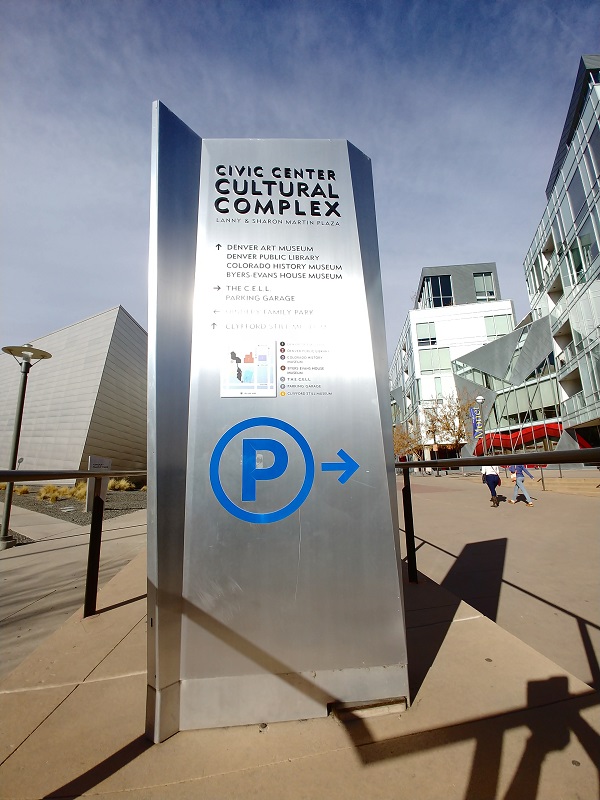
The DAM is part of the Civic Center Cultural Complex
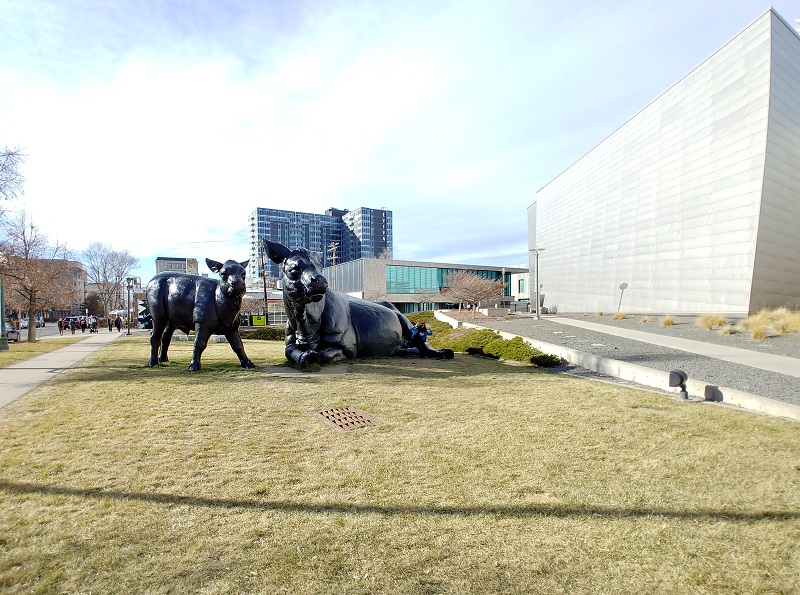
Big cows
This area of Denver is full of interesting buildings and sites to see. Plan to spend a lot of time there – first in the museum and then in the surrounding area.
You can get to the Museum by car.
If you’re unused to driving on six-lane-in-each-direction highways with lots of traffic, you can consider taking the Bustang. There are 3 locations in Fort Collins where you can pick up this bus -and it takes you right to downtown Denver. Tickets are $10 one way. (Unless you’re going to a football game, when the price increases to $30 on selected Sundays.)

